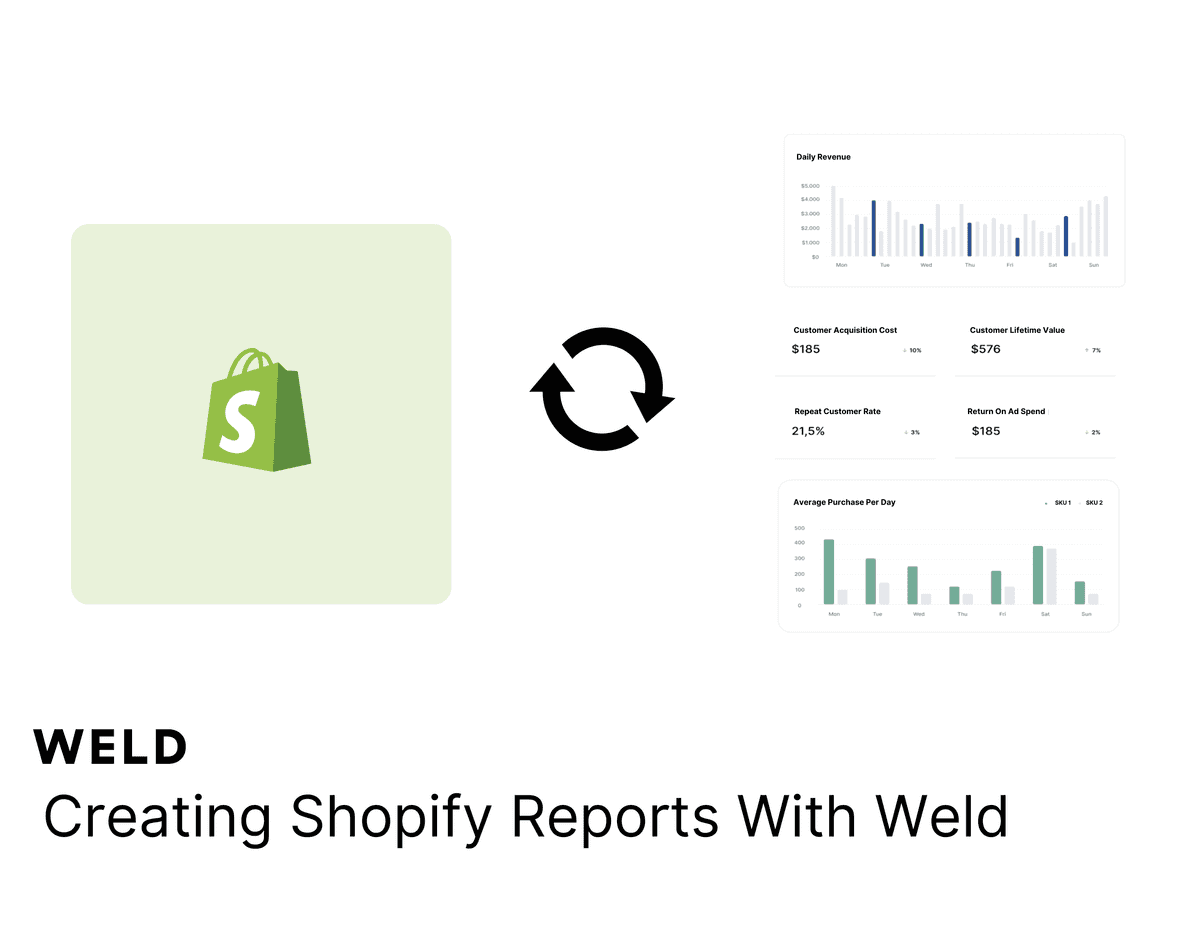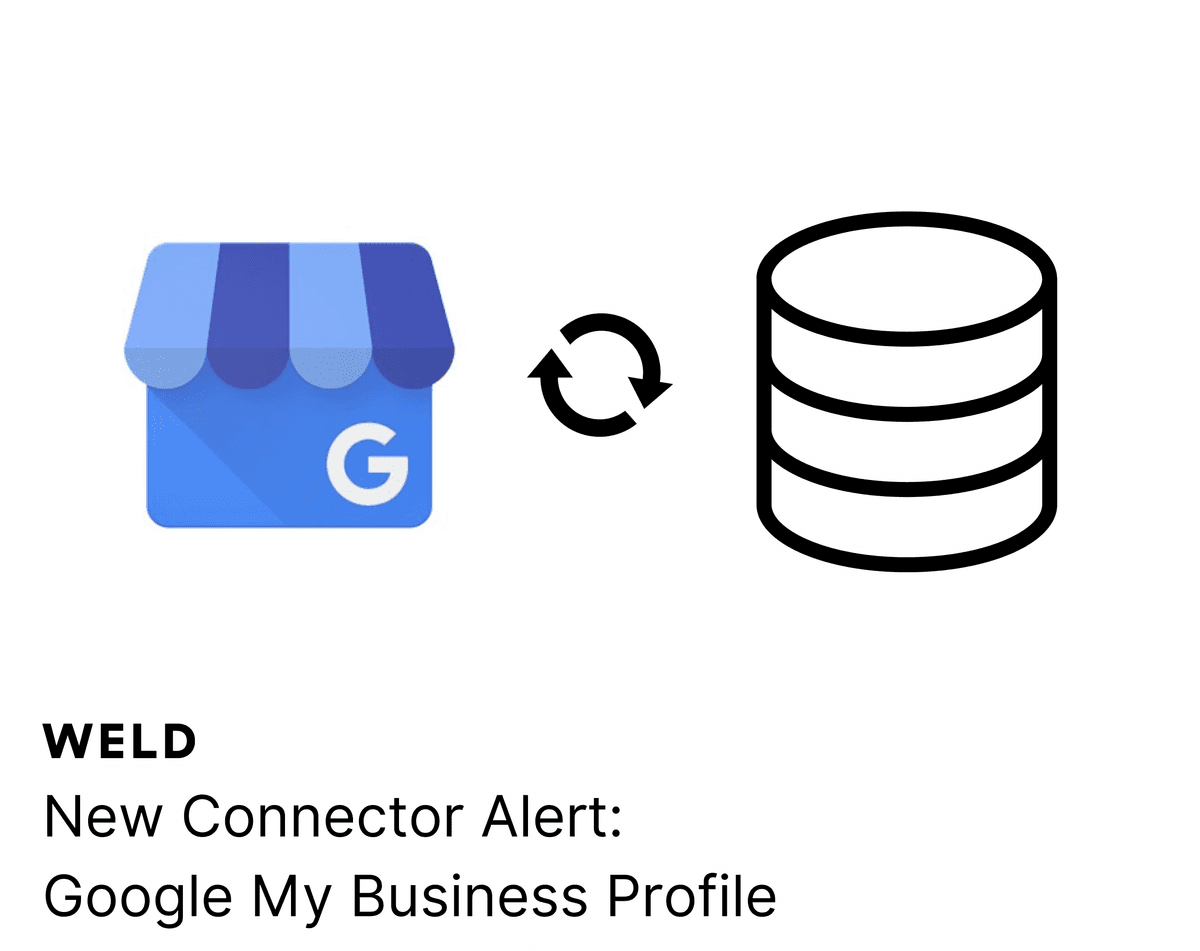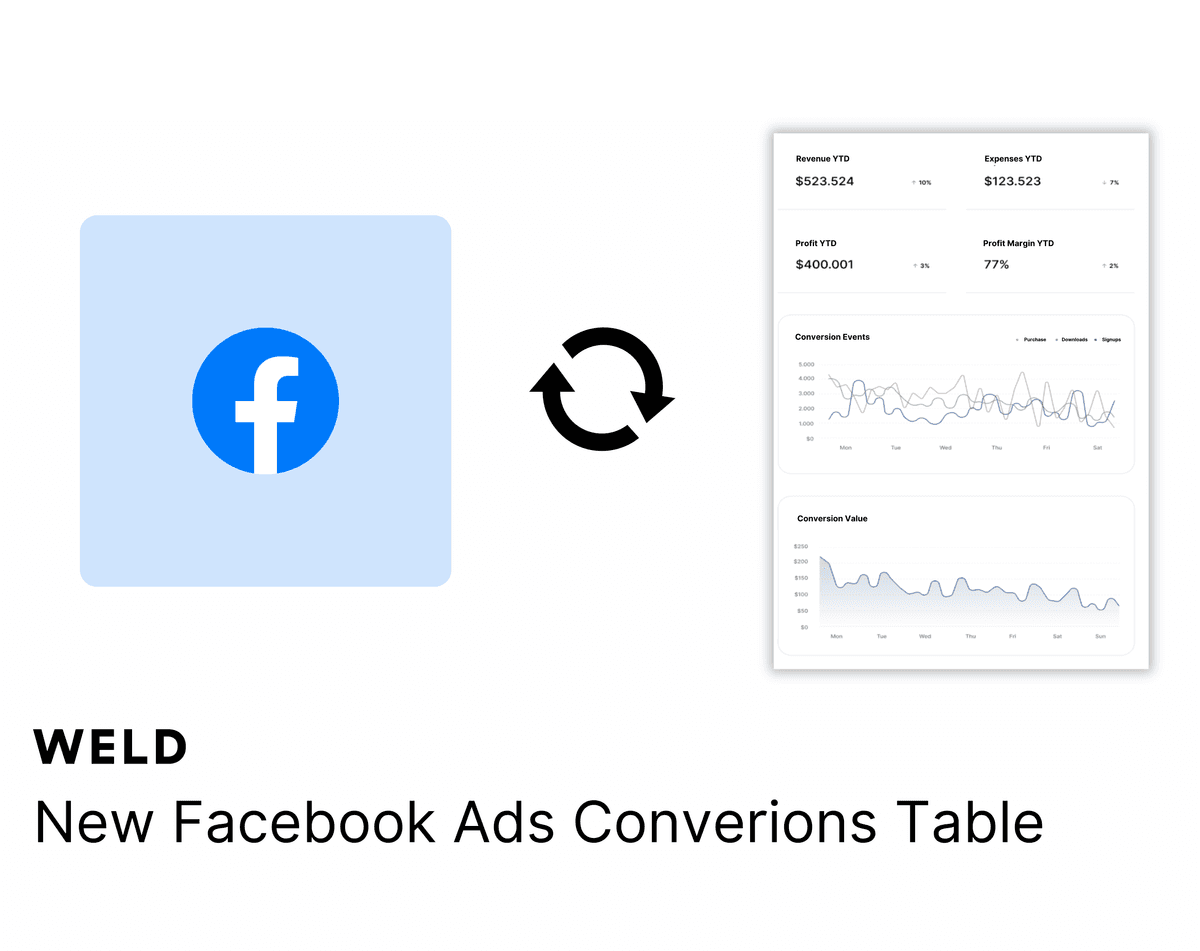
Why creating data governance across teams is essential, and how to get there
In today’s world of work, access to reliable, relevant data is a major advantage. But without proper data governance structures and processes, it’s very difficult to effectively use your company data. Even worse, a lack of data governance can lead to inefficiency, unreliable metrics, misalignment, and even cross-team friction or conflict. Yikes.
Strong data governance, on the other hand, can lead to truly data-driven business success, including better decision making, problem solving, strategy development, and more. When your company data is properly managed and teams are aligned on it, it makes it far easier for every employee to leverage data in their day-to-day.
What is data governance, and why is it important?
The systems and processes that keep your data secure, accurate, and accounted for are what make up your company’s data governance structure. It's about how data is accessed and used at your business. This could mean a lot of things depending on your context, from tools and software to team structures, roles and responsibilities, workflows, and workplace policies. Like so many essential components of strong business performance, data governance relies on both technical and human factors.
Examples of data governance systems:
- Clearly outlined policies around the proper use and protection of company data.
- An organizational chart that indicates who is accountable for which data.
- Training for staff on how to access, interpret, and use data in their function.
- Tooling for effective and reliable data management, i.e. a modern data stack.
- Data responsibilities written into leadership and management roles as is relevant.
From this perspective, it’s clear that data governance is about far more than launching your data analytics efforts or even becoming a data-driven business. It’s about the overall functioning of your organization and how well data is integrated into that functioning for higher performance and efficiency. Too often, efforts to be more data-driven in business operations are hindered by additional workloads and misalignment stemming from a lack of data governance.
In McKinsey’s 2019 Global Data Transformation Survey, respondents reported on average 30% of total enterprise time spent on non-value-added tasks because of poor data quality and availability. Companies with more effective data governance systems can reclaim that time to put towards the impactful work teams are uniquely skilled to accomplish.
How to create data governance across teams (3 key steps)
Putting systems in place to ensure data governance across the teams at your organization is essential to keeping your data secure, accessible, and actionable. If you want your teams to leverage your data towards stronger outputs and higher performance, it needs to be effectively managed and handled. Here's how.
1. Implement proper data management tooling
First and foremost, you’ll need the right tools and software to manage your data properly. Whether you build or buy a modern data stack, you’ll need the architecture in place to extract, store, transform, model, and activate your data. This starts with the ELT (extract, load, transform) pipelines that bring data into your data warehouse, where your data is stored, and ends with the reverse-ETL pipelines that bring data back into the tools and software your teams use in their day-to-day work.
For many companies that choose to build their own custom data solutions, this also means hiring a large team of engineers and analysts to set up and maintain this infrastructure. But for organizations that want to get there faster, all-in-one data platforms can be a great option to alleviate the high cost and workload of building a data stack from scratch.
2. Keep data secure, protected, and accurate
The second important factor in creating data governance is ensuring the security, protection, and accuracy of your data. This can also be thought of as maintaining data integrity. Businesses today collect vast amounts of data from a variety of sources, and not only is ensuring data integrity essential to the proper use of this data internally, it’s also essential to being a trustworthy company in the eyes of customers.
How to maintain data integrity
- Make sure you’re following any relevant compliance standards, such as GDPR (General Data Protection Regulation), PCI-DSS (Payment Card Industry Data Security Standard), CCPA (California Consumer Privacy Act), or others.
- You may also consider gaining additional data security certifications to show clients you go above and beyond the competition. This is particularly relevant for companies accessing sensitive customer data like health or financial information.
- Implement company-wide standards for the handling of data and keeping data secure. Make this a part of every new hire’s onboarding and have regular training sessions to keep everyone familiar with the policies and procedures, and updated on any changes.
- Set up the right data syncs to make sure key information stays accurate and up-to-date. Start with the areas most important to your context, whether it’s making sure customer success agents have the latest product usage data or that sales managers have quick access to a lead’s full history with your company.
3. Create alignment across teams
The third and final component of data governance is creating alignment across teams. Often, especially in small and medium-sized businesses that may not have a data team in place, departments take charge of the data relevant to their function, but may not consult with other teams to define core metrics and KPIs. The result is that sales, marketing, success, and product teams end up with various definitions of important data points that fuel their strategies and work.
Creating data alignment early on is essential, because left unattended as your business scales, misalignment will scale with it. That said, it’s never too late to implement the structures and processes that help you maintain KPI alignment as your business scales.
How to create data alignment
- Create a single source of truth for your data, with company-wide definitions of your core metrics. Weld’s Metrics Store helps you do just that.
- Set cascading goals based on the high-level KPIs that define overall business success, with each team gaining ownership of more targeted metrics related to their function.
- Invest in reverse-ETL to bring data into everyone’s day-to-day functioning, rather than relying on individual employees to seek out data themselves.
Who is responsible for data governance?
It’s easy to place the responsibility of data governance on your data team or the data leader of the company. But the truth is, every member of your organization is responsible for the ongoing data governance that supports a truly data-driven business, and this is why developing a data culture is so important.
For people who aren’t data experts, it can be really intimidating to embrace data and take ownership of it. As a data leader, you have to break down the barriers for your non-technical team members and empower them with data.
Tips to build a data culture:
- Hold workshops for people from all departments to learn technical data skills. These can be hosted by internal data experts or external consultants.
- Bring data into your business strategy and each team’s strategy. Make sure stakeholders and individual contributors are properly equipped to monitor their work’s performance.
- Refer to data in company-wide presentations often to highlight impact and support decisions, making everyone more comfortable and familiar with data.
There’s no one size fits all approach to data governance
Creating data governance across your organization is about more than just implementing the right policies and processes. From proper training to instilling the right mindset, keeping data secure and usable is a company-wide effort. Use the tips and steps outlined in this article to make data governance a priority for every team at your company.
Continue reading

How to set up your Shopify metrics in Weld
Learn how to set up your Shopify metrics in Weld and get actionable insights from your data.

New Connector Alert - Google My Business Profile
Looking to optimize your Google My Business Profile reporting? With our new ETL connector, you can effortlessly integrate your Google My Business Profile data with all your other data sources. Create a comprehensive view of your business metrics, enhance your analytics, and make more informed decisions with ease!

New Facebook Ads Conversion Table
Analysing your Facebook Ads conversion data has now got easier with our new conversion insights table.





